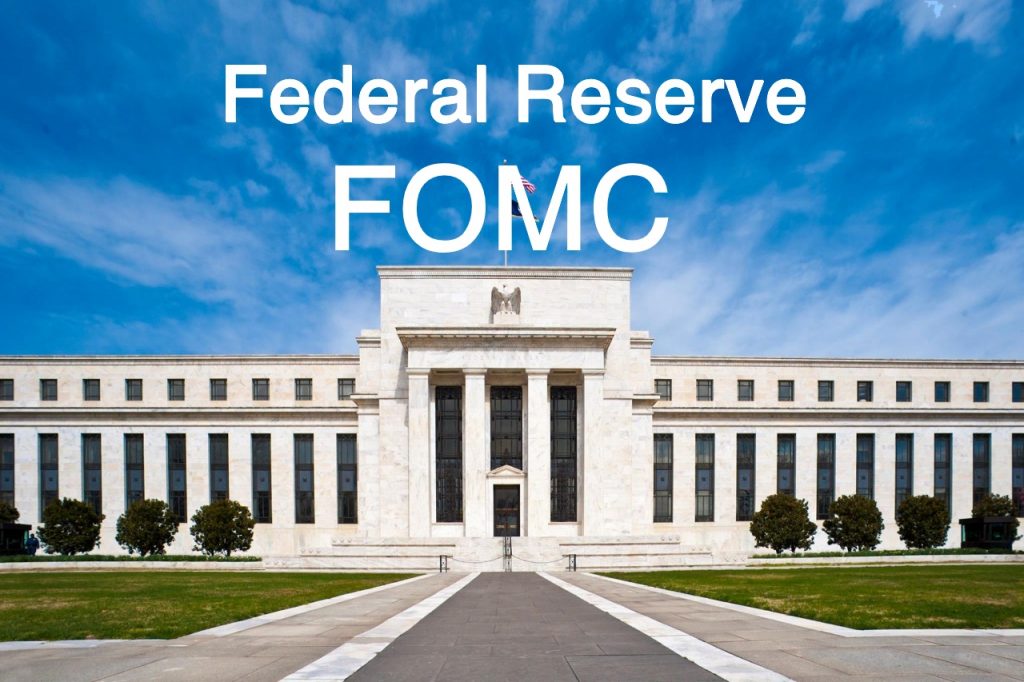As Treasury markets had correctly predicted, the FOMC raised its target range for federal funds by 25 basis points to 2.0%–2.25% at its meeting on Wednesday, Sept. 26.

Perhaps more importantly, it also deleted the observation that policy remains accommodative, though Chairman Powell went out of his way in his opening remarks to point out that its removal should not be interpreted as a signal about the future path of rates. Rather, it was simply a reflection of where the Committee saw policy. This so-called clarification, however, didn’t square entirely with his observation that financial conditions remained “accommodative.”
Since the meeting was also one in which the Committee revised its Summary of Economic Projections (SEP), it is worth noting that there were really only three changes or additions worth commenting on. First, both the median GDP growth for 2018 and its central tendency were revised up slightly, which Chairman Powell said reflected the strength of incoming data and robust consumer and business confidence. Second, forecasts for 2021 were added, and GDP for each year after 2018 was projected to be lower than the preceding year’s, with the figure for 2021 showing growth of only 1.8%, equal to that forecast for the longer run. At the same time, there were no significant changes in the forecasts for unemployment or inflation. When asked about that, Chairman Powell simply stated that the inflation dynamics now appear to be different from those of the past, implying that the Phillips curve is essentially flat. Finally, even by the end of 2021, the median federal funds rate is expected to be still almost a half percentage point higher than the longer-run rate.
Looking beyond September to the end of the year and possible rate moves in 2019 and beyond, the dot chart suggests that 12 of the 16 participants think there will be one more hike in 2018. Given that by December the Committee will have an observation on Q3 GDP and a new set of SEP forecasts available, the likelihood is that the rate move will occur at that meeting. Moreover, with regard to the moves that have occurred this tightening cycle, there has been no instance when an increase was approved at a meeting when no press conference was scheduled and no SEP forecasts were available. Note that all meetings in 2019 will be followed by press conferences.
Interestingly, for 2019 the median-rate data suggest three moves that year and two more in 2020, stopping at 3.25% to 3.5%. This policy path would put the funds rate above the Committee’s equilibrium longer-run rate, and that fact triggered questions directed at Chairman Powell as to whether there is likely to be a policy overshoot. His response essentially suggested that people should not take those longer-run rate projections as being firm, since knowing when to stop will be data-dependent. He did observe that the gradual pace of the Committee’s policy moves enables it to monitor how the economy is responding and to minimize the risks of a policy mistake that might trigger a recession.
This observation by Chairman Powell raised the question in the press conference as to what could impact the policy path. Tariffs, deficits, oil shocks, and greater-than-expected growth were all key factors Chairman Powell identified that could impact both the pace of policy and the decision to pause. All in all, Chairman Powell continued his strong performance, exhibiting not only depth and breadth of knowledge but also patience in responding to questions. Given the information flow and the short-term forecast for another rate move in 2018, it would not be surprising to see the term structure move up rather abruptly, by about another 25 basis points, in advance of the December FOMC meeting, as it did leading into this September meeting.
Robert Eisenbeis, Ph.D.
Vice Chairman & Chief Monetary Economist
Email | Bio
Links to other websites or electronic media controlled or offered by Third-Parties (non-affiliates of Cumberland Advisors) are provided only as a reference and courtesy to our users. Cumberland Advisors has no control over such websites, does not recommend or endorse any opinions, ideas, products, information, or content of such sites, and makes no warranties as to the accuracy, completeness, reliability or suitability of their content. Cumberland Advisors hereby disclaims liability for any information, materials, products or services posted or offered at any of the Third-Party websites. The Third-Party may have a privacy and/or security policy different from that of Cumberland Advisors. Therefore, please refer to the specific privacy and security policies of the Third-Party when accessing their websites.
Sign up for our FREE Cumberland Market Commentaries
Cumberland Advisors Market Commentaries offer insights and analysis on upcoming, important economic issues that potentially impact global financial markets. Our team shares their thinking on global economic developments, market news and other factors that often influence investment opportunities and strategies.

